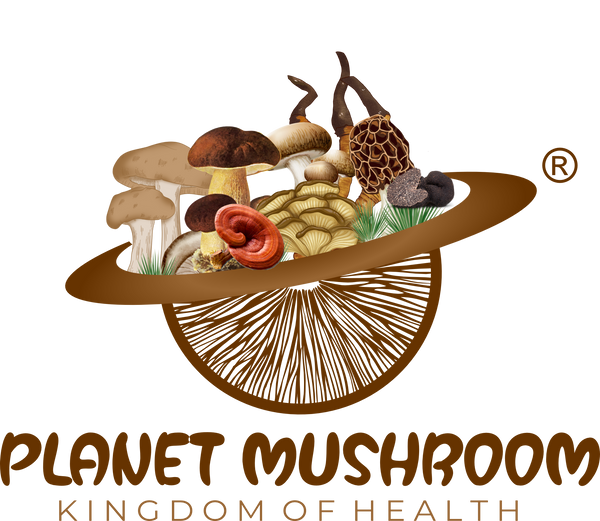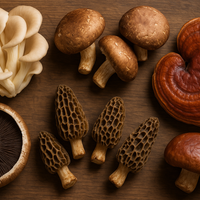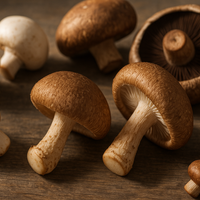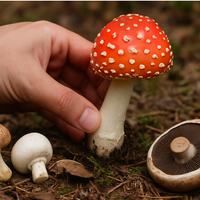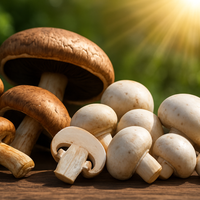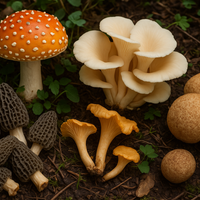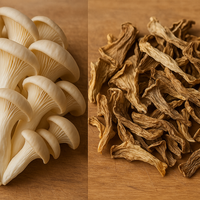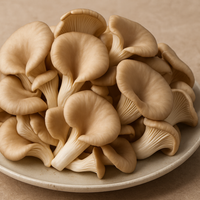
INVESTIGATING THE IDENTITY OF CORDYCEPS AS SANJEEVANI
Planet MushroomCould Cordyceps Be the Legendary Sanjeevani Herb?
For centuries, the mythical herb Sanjeevani, known as Mrithasanjeevani in Sanskrit, has captured the imagination of many. This fabled plant, said to revive the nearly dead, played a heroic role in the Ramayana when Hanuman carried an entire mountain to save Lakshmana’s life. But what if this tale holds more than just myth? Recent research suggests that the real-world counterpart of Sanjeevani could be a powerful parasitic fungus called Cordyceps sinensis.
Using cordyceps can make you last longer in bed
The Myth of Sanjeevani: Life-Giver from the Himalayas
In the epic Ramayana, Lakshmana, the brother of Lord Rama, is critically wounded in battle. Desperate to save him, Hanuman is sent to the Himalayas in search of a life-restoring herb called Sanjeevani. Unable to identify it, Hanuman lifts the entire Dronagiri mountain and brings it back. Sushena, the royal physician, then uses the herb to revive Lakshmana.
Ancient descriptions note some curious traits about this plant: it shone like fire, glowed in the dark, and grew in high-altitude regions. These fantastical qualities may not be far from reality if we consider Cordyceps.
Enter Cordyceps: Nature’s Caterpillar Fungus
Cordyceps sinensis, also known as the “caterpillar fungus,” is an extraordinary organism. Found in the high-altitude meadows of the Himalayas and Tibetan Plateau, this fungus parasitizes the larvae of Himalayan ghost moths. It eventually sprouts from their remains — a powerful symbol of life emerging from death.
Cordyceps has long been revered in traditional Chinese and Tibetan medicine for its anti-aging, immune-boosting, and energy-enhancing properties. In Nepal and certain parts of India, it’s still locally known as Sanjeevani.
Could Cordyceps Be Mrithasanjeevani?
The recent study explores a fascinating possibility: that Cordyceps could be the real Sanjeevani. Here’s why this idea isn’t so far-fetched:
🔥 Fire-Like Color
Descriptions of Sanjeevani suggest it had a glowing, fiery hue. Cordyceps matches this — its stalk (called stroma) appears in bright orange or reddish-yellow tones.
✨ Fluorescence in the Dark
Ancient texts refer to Sanjeevani as glowing in all directions. Modern science calls this fluorescence, and studies show that Cordyceps exhibits this very property, thanks to cordycepin, one of its major bioactive compounds.
🌱 Life From Death
Cordyceps literally grows out of dead caterpillars. The name Mrithasanjeevani means “that which gives life to the dead” — a poetic match with the fungus’s lifecycle.
🗺️ Found in Dronagiri Himalayas
The Dronagiri range, where Hanuman supposedly found the herb, is in present-day Uttarakhand. Cordyceps thrives in this region’s unique climatic conditions, offering a direct geographical link.
Medicinal Marvel: What Cordyceps Can Do
Beyond myth, Cordyceps is a medicinal powerhouse supported by modern research. Here’s a look at some of its proven benefits:
- Anti-Cancer Properties: Contains cordycepin, which has been shown to kill cancer cells and inhibit tumor growth in various cancers including leukemia, breast, and liver cancers.
- Anti-Aging: Packed with antioxidants, it combats oxidative stress, a key contributor to aging.
- Boosts Immunity: Enhances the body’s defense mechanisms, making it a valuable supplement for general health.
- Improves Athletic Performance: Increases ATP production, which fuels muscle energy and endurance.
- Heart Health: Contains adenosine, a compound that supports cardiovascular health and reduces bad cholesterol.
- Regulates Blood Sugar: Helpful for managing Type 2 Diabetes by improving insulin sensitivity.
- Sexual Health: Traditionally called “Himalayan Viagra,” it’s known to enhance libido and reproductive health.
- Kidney Support: Used in Chinese medicine for treating various renal disorders.
- Anti-Fatigue: Acts as an adaptogen, helping the body recover from exhaustion and stress.
So, Is It Really Sanjeevani?
While we may never confirm the exact identity of the mythological Sanjeevani, Cordyceps sinensis ticks almost every box described in the ancient scriptures — from its place of origin and healing power to its supernatural-like traits.
Researchers argue that ancient texts may not have classified fungi distinctly from plants. Thus, Cordyceps could easily have been mistaken for a plant-based herb in early Ayurvedic traditions. And among all candidates proposed to be Sanjeevani (like Selaginella bryopteris and Dendrobium plicatile), none align with the mythological description as convincingly as Cordyceps does.
Final Thoughts
Science and mythology may seem like opposing forces, but sometimes, they meet in astonishing ways. The Cordyceps fungus — rising from death, healing the living, glowing in the dark, and thriving in sacred mountains — might just be our closest living relative of the legendary Sanjeevani.
As modern medicine continues to explore its full potential, Cordyceps might not just revive our bodies, but also our ancient understanding of life, death, and everything in between.
Source: https://ijirt.org/publishedpaper/IJIRT182616_PAPER.pdf
